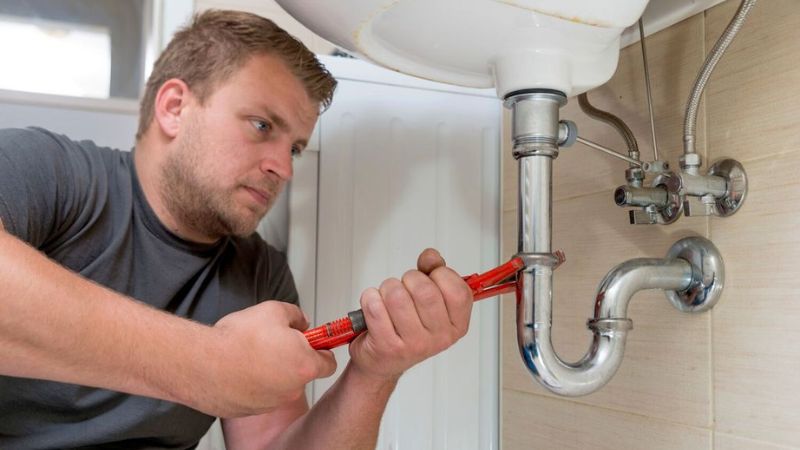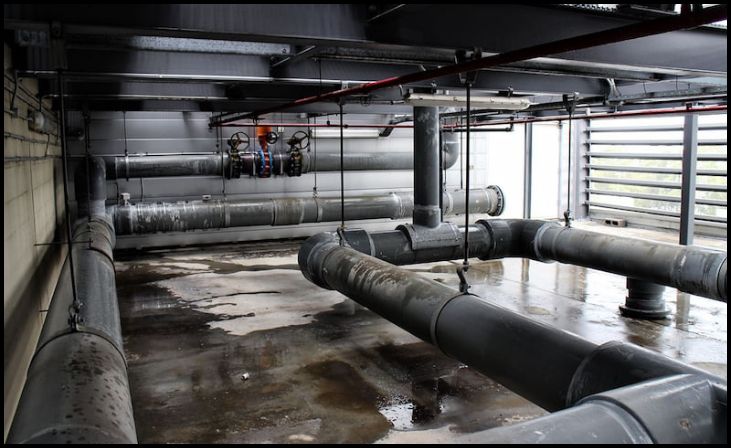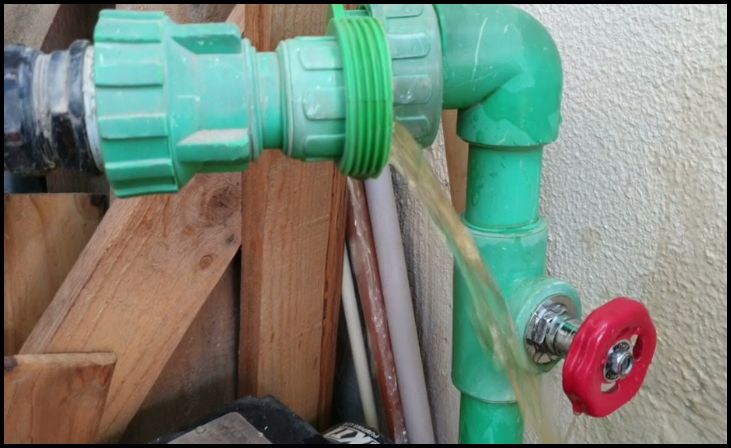
Understanding the Basics of Plumbing Vent Systems
Embark on a journey to demystify the intricacies of plumbing vent systems in our comprehensive guide, “Understanding the basics of Plumbing Vent Systems.” Plumbing vents play a crucial role in maintaining a healthy and efficient plumbing system, yet their functions are often overlooked. In this blog, we unravel the fundamentals, shedding light on how vent systems work, their significance in preventing issues, and the essential components that make them integral to every plumbing setup. Whether you’re a homeowner curious about your plumbing or a DIY enthusiast looking to enhance your skills, join us as we delve into the essentials of plumbing vent systems, empowering you to navigate the world of pipes and drains with confidence.
Understanding the Basics of Plumbing Vent Systems
The Role of Plumbing Vent Systems

Plumbing vent systems are a fundamental component of a well-designed plumbing system, serving multiple crucial functions. Their primary role is to maintain atmospheric pressure within the drainage system, preventing airlocks and ensuring efficient wastewater flow. By allowing fresh air into the plumbing system, vent pipes enable smooth drainage and prevent the formation of a vacuum that could impede water flow. Additionally, plumbing vents play a pivotal role in preventing the release of sewer gases into the living space, safeguarding both the structural integrity of the plumbing system and the health of occupants.
Components of Plumbing Vent Systems
Understanding the basics of plumbing vent systems involves familiarizing yourself with the key components that make them effective. Vent pipes, typically installed on roofs, allow air to enter the system, and they are connected to various fixtures through vent stacks. Drainpipes, traps, and drain vents work in tandem to ensure the proper flow of wastewater while maintaining the integrity of the plumbing system. An intricate network of pipes and vents collaborates to create a balanced and efficient plumbing vent system, emphasizing the importance of each component in promoting optimal functionality.
Read Also: Pros and Cons of PEX Piping in Residential Plumbing
Preventing Trap Siphonage and Airlock Issues

One critical function of plumbing vent systems is preventing trap siphonage and airlock problems. Traps are designed to hold water to create a seal that prevents sewer gases from entering the living space. Without adequate venting, negative pressure can develop, leading to trap siphonage. Plumbing vents introduce air into the system, breaking the vacuum and preserving the water seal in traps. This not only prevents unpleasant odors but also ensures the effective functioning of drainage fixtures. Understanding how plumbing vent systems mitigate siphonage issues is key to maintaining a healthy and odor-free plumbing environment.
Ventilation Codes and Compliance
Navigating the basics of plumbing vent systems includes awareness of local building codes and regulations. Compliance with these codes is crucial for ensuring the safety and efficiency of the plumbing system. Ventilation codes dictate the size, placement, and installation specifications of vent pipes to guarantee proper functioning and prevent potential hazards. Understanding and adhering to these codes is essential for any plumbing vent system installation or modification. Consulting with a licensed plumber is recommended to ensure that your plumbing vent system not only meets code requirements but also functions optimally for the long-term well-being of your plumbing infrastructure.
Conclusion
In conclusion, grasping the basics of plumbing vent systems is a key step towards ensuring the optimal performance and longevity of your plumbing infrastructure. These systems play a multifaceted role, from maintaining atmospheric pressure and preventing trap siphonage to safeguarding against sewer gas infiltration. By understanding the intricate network of vent pipes, stacks, and drainage components, individuals can appreciate the synergy that keeps the plumbing system functioning seamlessly.
As you embark on plumbing projects or address issues within your home, consider the significance of adhering to ventilation codes and regulations. Compliance not only ensures the safety of your plumbing but also promotes an environmentally friendly and sustainable approach to wastewater management.
FAQ
Why are plumbing vent systems important?
Plumbing vent systems are vital for maintaining proper pressure in the drainage system, preventing sewer gases from entering the home, and facilitating the smooth flow of wastewater. They also ensure that water in the traps is not siphoned away, preventing odors and maintaining a healthy plumbing system.
Can I install a plumbing vent system myself?
While some minor vent system modifications can be tackled by DIY enthusiasts, it’s crucial to adhere to local building codes and regulations. Complex installations or alterations may require professional plumbing expertise to ensure compliance and the effective functioning of the vent system. Always consult with a licensed plumber for more intricate plumbing vent system tasks.



